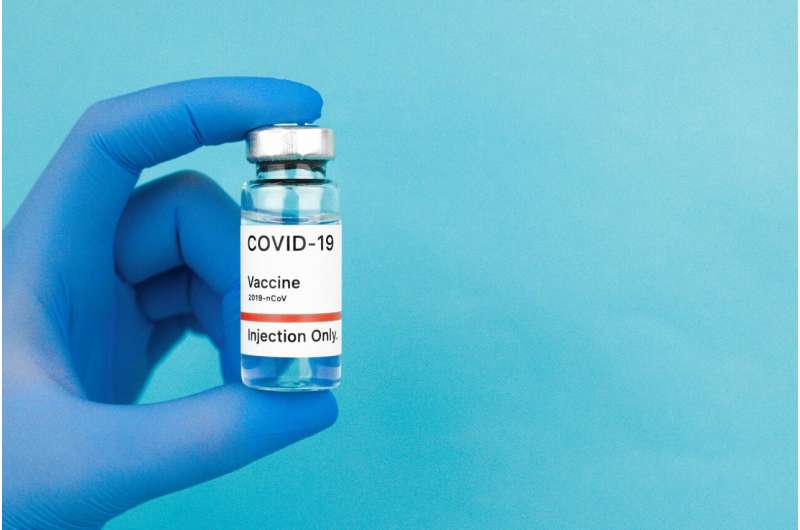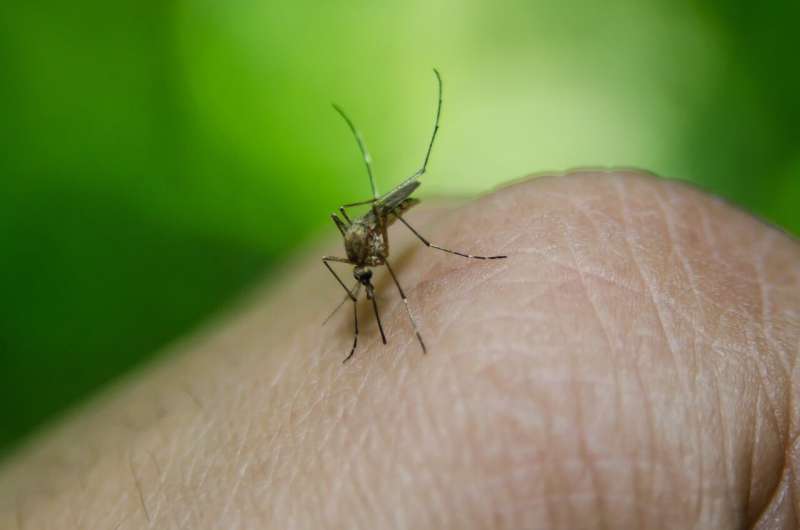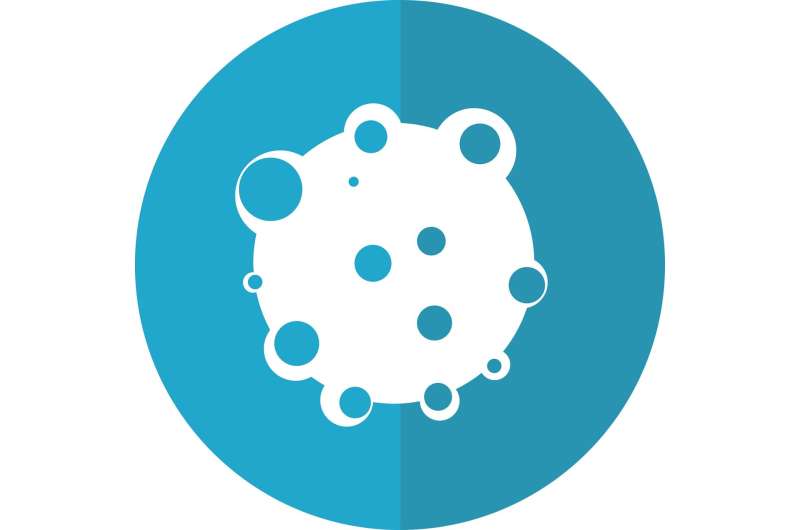COVID Resurgence in California: What the Summer Holds

California is experiencing a COVID resurgence this summer, with regional and wastewater data indicating rising infections. Experts warn to remain vigilant and get vaccinated to mitigate the impact of the potential wave.
COVID-19 cases are once again rising in California, signaling a potential summer surge. Health officials observe an initial increase in infections, especially in Northern California, with Southern California showing signs of a forthcoming rise based on wastewater data. Dr. Erica Pan, the state health officer, confirms the summer uptick, though current infection levels remain significantly lower than last year's peaks. Experts suggest that while the threat of a severe surge exists, the situation might be milder compared to previous summers due to recent lower levels of transmission and hospitalizations.
The virus's activity varies across regions, with wastewater monitoring indicating rising viral levels in San Jose, Palo Alto, and parts of Los Angeles. Despite these increases, the overall positivity rate in California as of early July is around 5.5%, which is higher than winter but still comparatively low. Hospitals are seeing stable COVID-related admissions, and the current levels are not yet aligned with the intense surges seen historically.
Infectious disease specialists, including Dr. Peter Chin-Hong from UC San Francisco, warn that immunity has waned since the last major COVID wave, and the emergence of new variants like Nimbus (NB.1.8.1) and Stratus (XFG) could intensify transmission. These variants are highly contagious but are expected to be covered by existing vaccines.
Health authorities continue to emphasize vaccination, especially for vulnerable populations like infants, pregnant persons, and those at higher risk of severe disease. As vaccination rates among seniors reach approximately 37-50% in various parts of California, officials urge ongoing vaccination efforts.
Federal budget cuts threaten public health initiatives, including vaccination campaigns and emergency preparedness, potentially hindering efforts to control the virus's spread. Experts stress that precautionary measures such as avoiding ill individuals and staying up-to-date with vaccines remain vital.
Overall, the coming weeks will clarify whether California faces a significant summer COVID wave or a milder season. Continued surveillance and vaccination are key to managing the ongoing risk.
Stay Updated with Mia's Feed
Get the latest health & wellness insights delivered straight to your inbox.
Related Articles
New Research Uncovers Hidden Link Between Vascular Disease and Dementia Risk
Discover how recent research highlights the overlooked connection between vascular health issues, nano– and microplastics, and dementia risk, offering new pathways for diagnosis and treatment.
Breakthrough in Malaria Research: Protein Structures Pave the Way for Next-Generation Vaccines
Scientists uncover the detailed structures of key malaria parasite proteins, paving the way for innovative vaccines to block transmission and combat the disease.
Blood Tests Enable Early Identification of Pregnancy Risks due to High Blood Pressure in Sierra Leone
Simple bedside blood tests can predict severe complications in pregnant women with high blood pressure, improving outcomes in resource-limited settings. A study in Sierra Leone demonstrates their potential to save lives.
The Impact of Fat Distribution on Cancer Risk: New Research Findings
Recent research suggests that where fat is stored in the body significantly impacts the risk of developing various cancers, emphasizing the importance of fat distribution over BMI alone.



